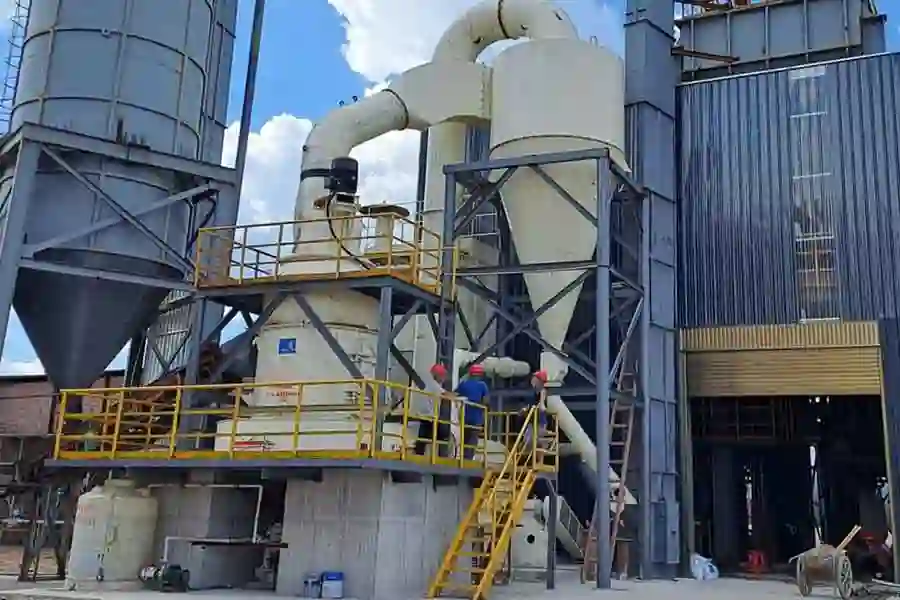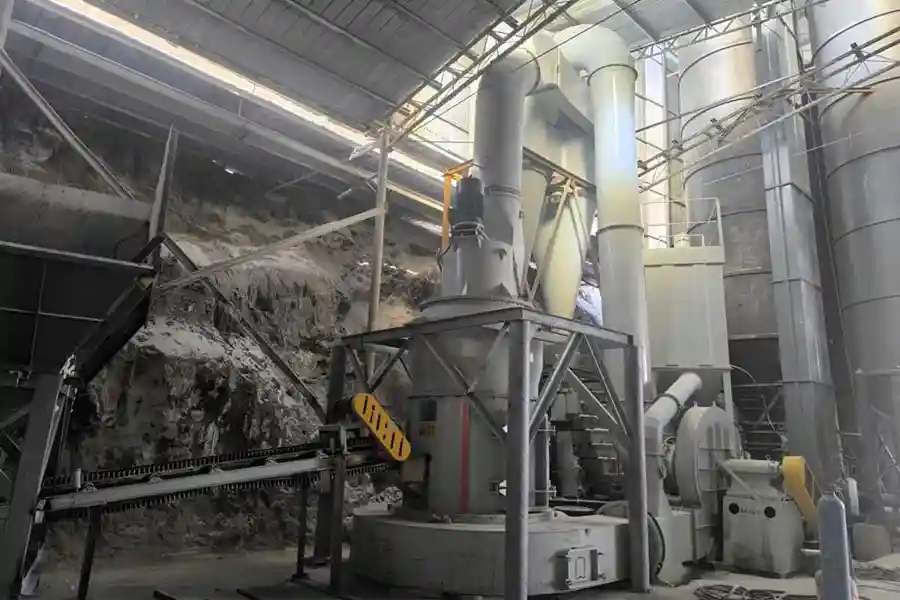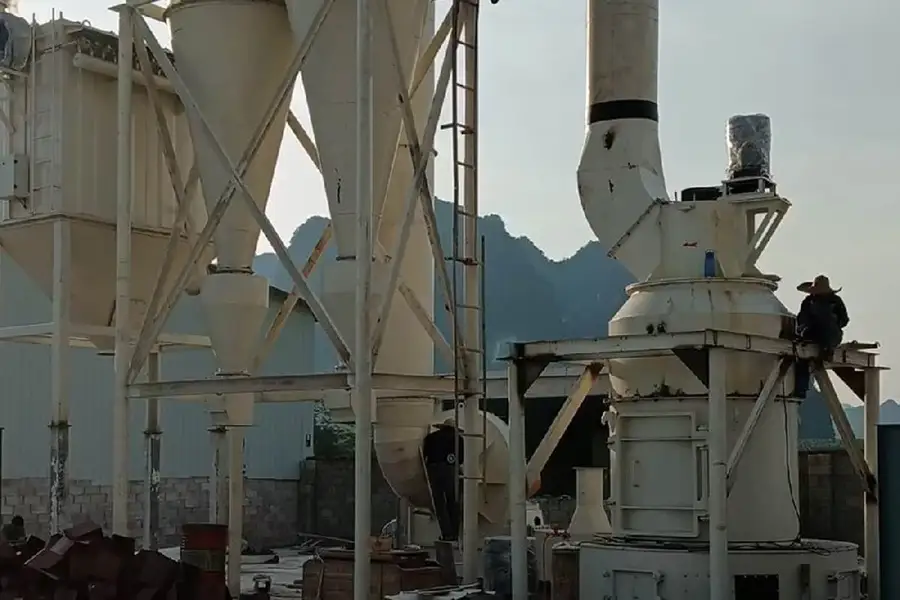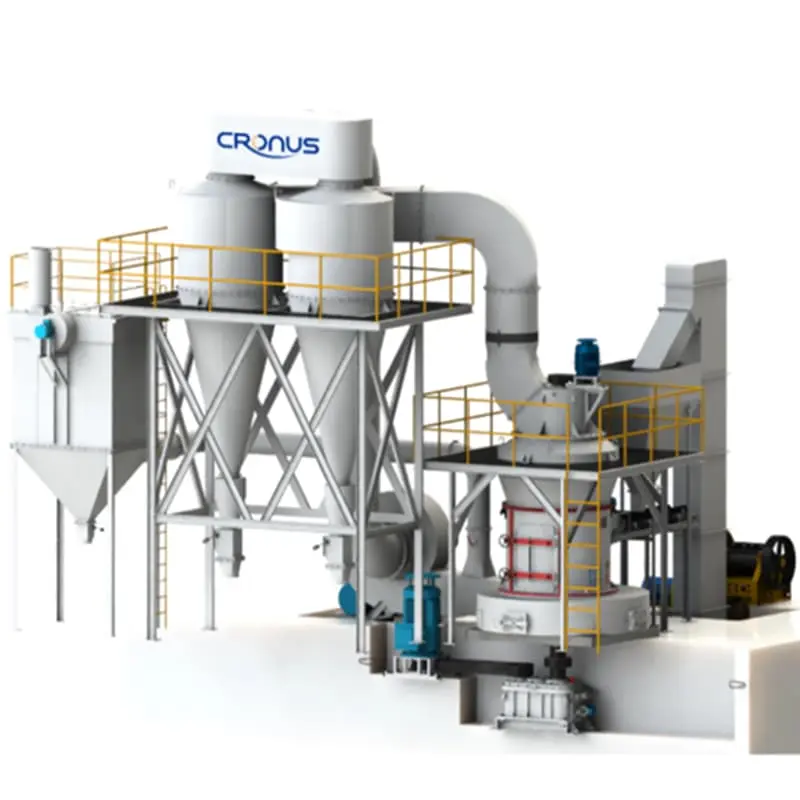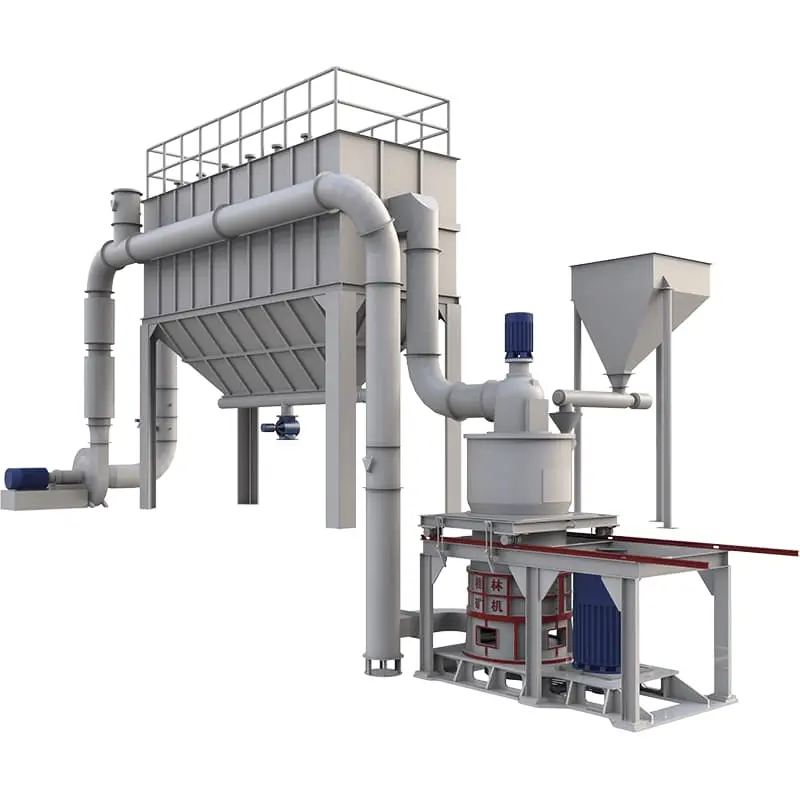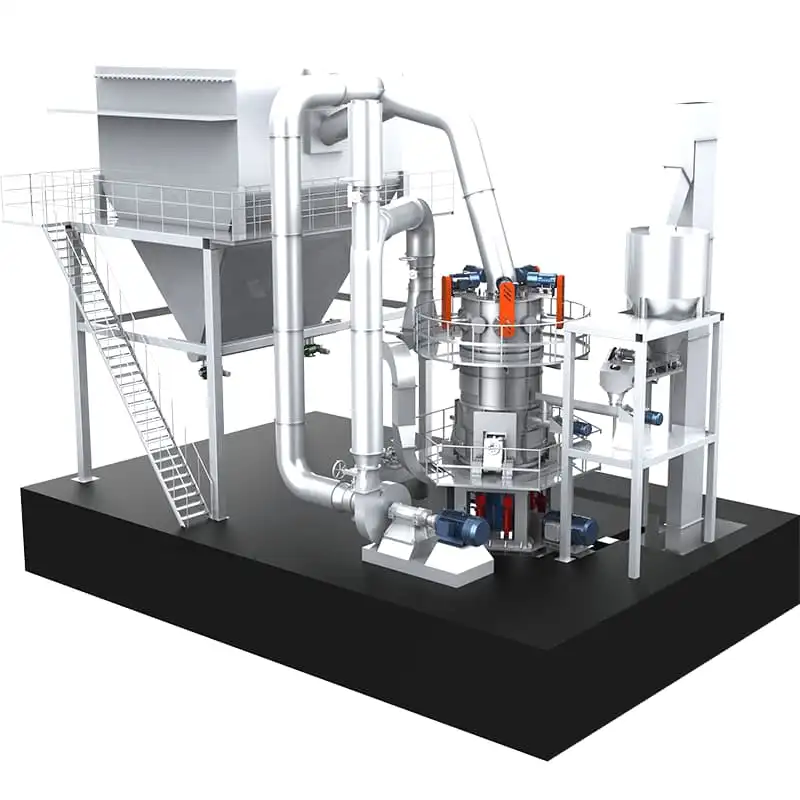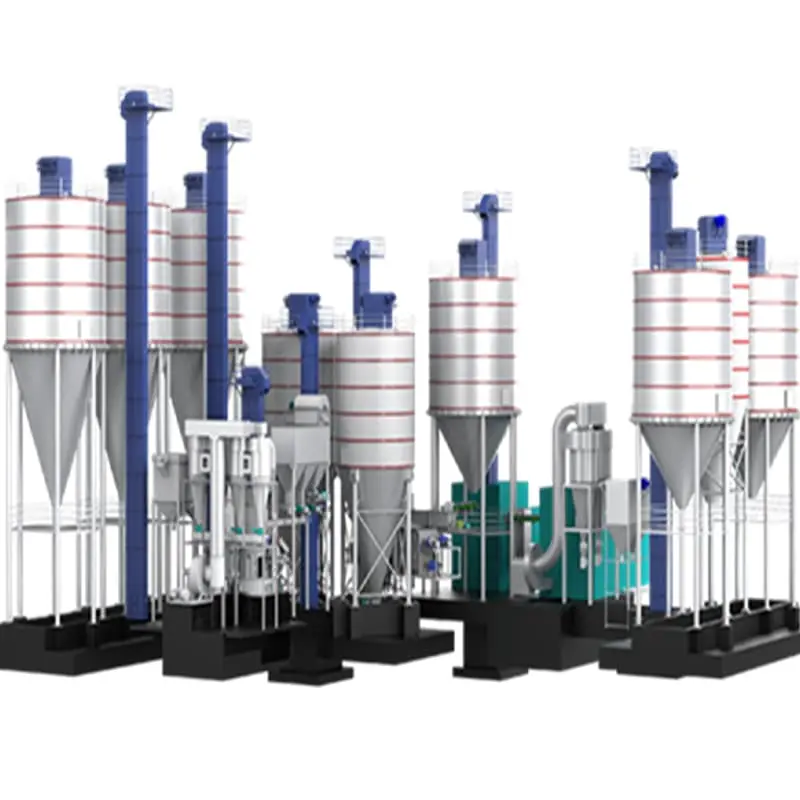- Vertical grinding mill processes calcium carbonate
- Vertical grinding mill processes talc
- Vertical grinding mills process barite
- Ultrafine grinding mill processes iron oxide red
- Mongolian mill processing siderite
- Raymond mill processing blast furnace slag
Telephone:
+86-18290113988 (whatsapp) Kase
+86-13248239223 (whatsapp) Cecilia
+86-17317879223 (whatsapp) Fandi
+86-19921225405 (whatsapp) Luna
Email:sales@shcronus.com
Raymond mill processing montmorillonite
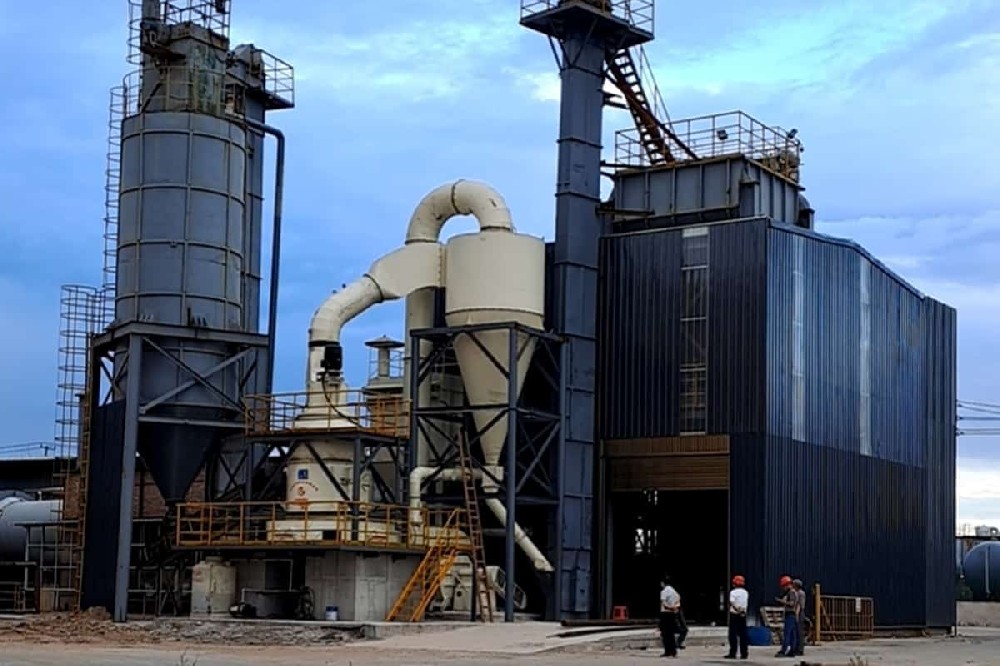
- Publication time:2025-08-27
- Click:27
What is montmorillonite?
Montmorillonite is a layered hydrous aluminosilicate mineral with low hardness (Mohs hardness 1-2), which is easy to process but requires protection against structural damage. Its layered structure gives it a large specific surface area and strong adsorption capacity, allowing it to be used as a catalyst carrier and for adsorbing pollutants, etc. Maintaining the flaky structure during processing is crucial. It has strong hygroscopicity and performs excellently in the desiccant field, but the materials tend to be sticky during processing, so it is necessary to dry the raw materials and keep them sealed. Its strong adsorption capacity enables it to be widely used in fields such as medicine, environmental protection, and food, but it is prone to adhering to equipment during processing, requiring regular cleaning and process optimization.
Process of processing montmorillonite with Raymond mill
Crushing
Large pieces of montmorillonite ore need to be crushed by a jaw crusher to a particle size of less than 30mm, which is convenient for transportation and grinding.
Drying
Montmorillonite has strong hygroscopicity. If the moisture content of the raw material exceeds 8%, it will affect the grinding. A rotary dryer is needed to dry it to below 6%, and the temperature and time should be strictly controlled.
Grinding
The dried materials are fed into the Raymond mill through a feeder and crushed into powder between the grinding rollers and grinding rings. It is necessary to precisely control the grinding roller pressure, rotation speed, and material feed rate.
Classification
The crushed powder is sent to the analyzer by airflow and sorted by a high-speed rotating impeller. The fineness of the powder can be controlled by adjusting the rotation speed to meet different needs.
Collection
Qualified fine powder is collected through two stages: a cyclone collector and a pulse bag filter, which improves the yield and resource utilization rate. Then it is sent to the finished product warehouse through conveying equipment.
Packaging
Automatic equipment is used for metering and packaging to ensure accurate weight. Common packaging includes plastic woven bags and paper bags, which are neatly stacked and waiting for transportation.
Key points of processing montmorillonite with Raymond mill
Iron removal
High-end applications have high requirements for the whiteness and purity of montmorillonite. Wear of grinding components will introduce iron contamination. A strong magnetic separator can be installed before the feed inlet, and ceramic or high-chromium alloy wear-resistant parts can be used.
Moisture control
Excessively wet materials are prone to blocking pipes and accumulating in the grinding chamber. It is necessary to ensure that the feed moisture is sufficiently dry, keep the system sealed, and regularly inspect and maintain the equipment.
Air volume and air pressure adjustment
The air volume and air pressure of the fan affect the output, conveying efficiency, and grinding intensity. They need to be adjusted to the optimal state according to the specific gravity of montmorillonite and the required fineness, and an automatic control system can be adopted.
Avoid over-grinding
Over-grinding will destroy the flaky structure of montmorillonite, affect its performance, increase energy consumption, and reduce output. It can be avoided by optimizing the rotation speed of the analyzer and the pressure of the grinding rollers, adopting a process of first coarse grinding then fine grinding, and increasing the number of classifications.
Summary
When processing montmorillonite with the Kronos Raymond mill, the process includes crushing, drying, grinding, classification, collection, and packaging. The key control points are strict iron removal to prevent pollution, control of raw material moisture to prevent sticking and blocking, adjustment of air volume and air pressure to ensure efficiency, and avoidance of over-grinding to protect the mineral structure and reduce energy consumption, thereby ensuring the quality and application performance of the finished product.
向下滚动页面显示"置顶"按钮...


